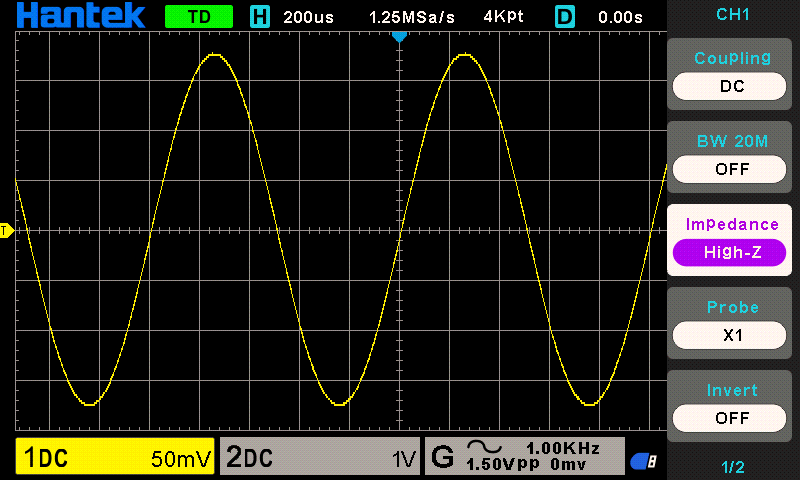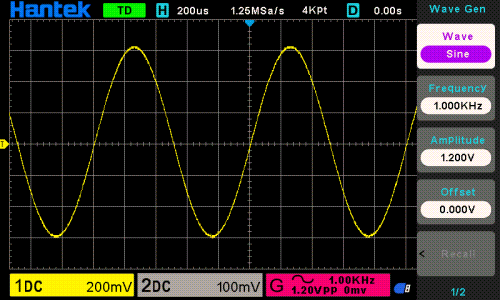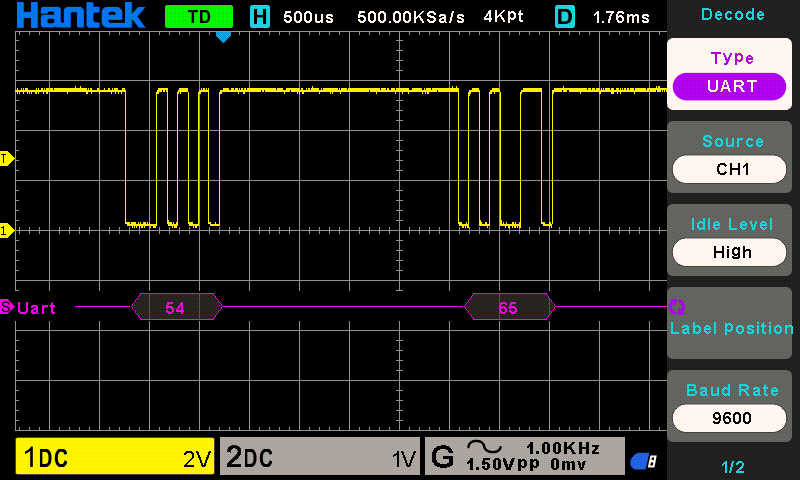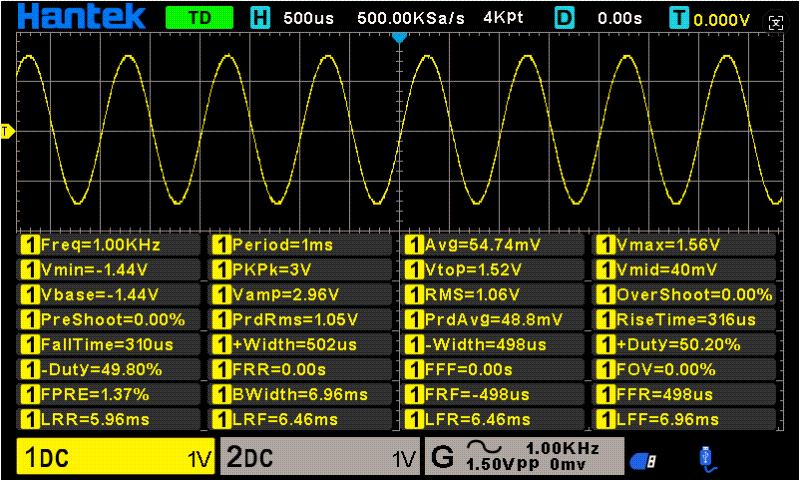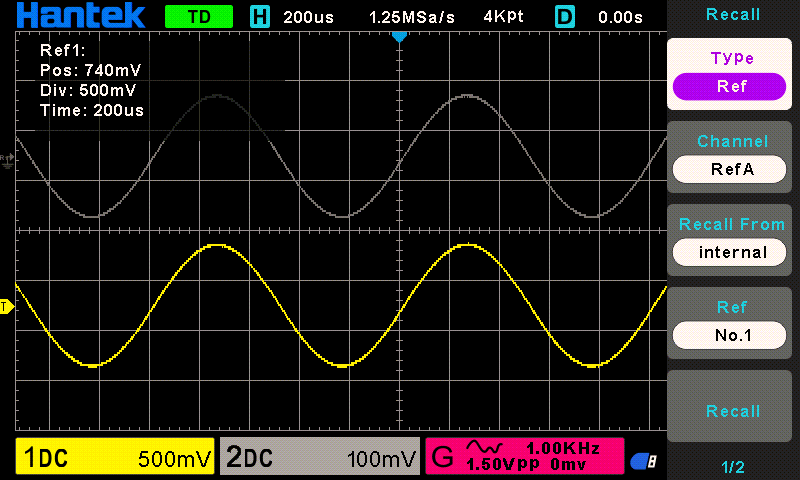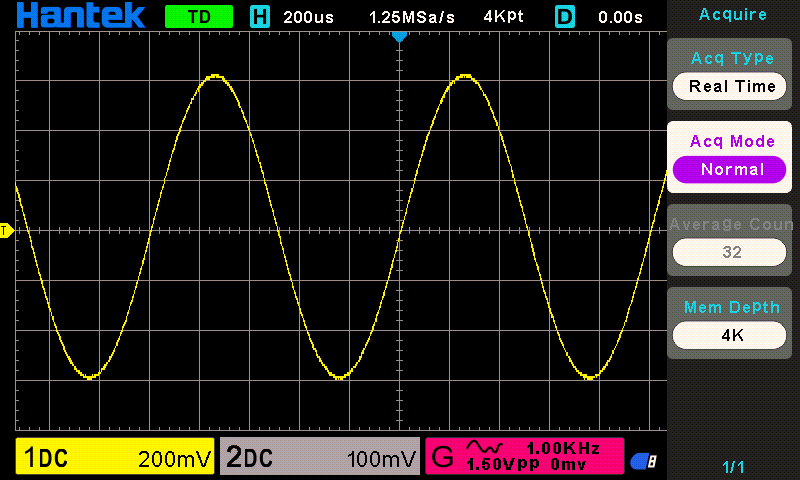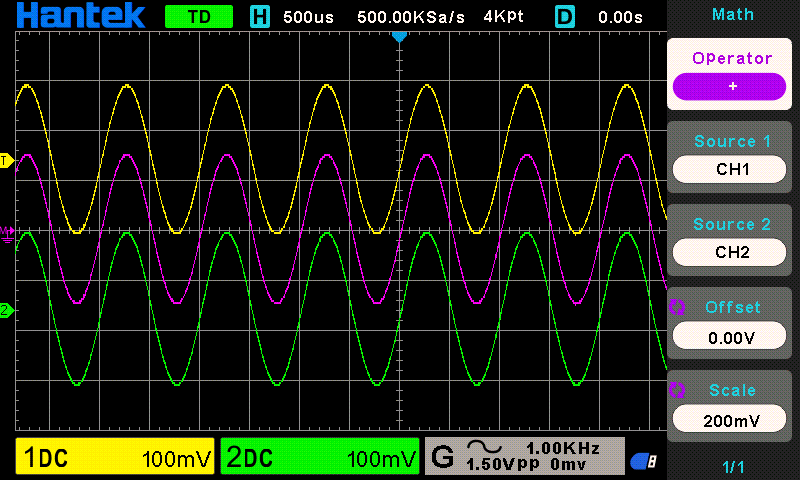New Product Launch - DSO2D20(2GSa/s) Series Digital Oscilloscope
On July 9, 2025, Qingdao Hantek, as an innovator in testing and measurement instruments, officially launched the new upgraded DSO2D20 series digital oscilloscope. As a new upgrade to the DSO2000 series, it comprehensively enhances performance and expands functionality based on the previous DSO2D10 series, aiming to provide more precise and efficient testing and measurement solutions for electrical engineers and users in related industries.

Full-range sampling rate of 2GSa/s for precise signal detail capture; up to 500 MHz bandwidth, meeting high-speed signal testing needs in communication, computers, and other fields; 1 MΩ/50Ω impedance switching ensures signal integrity; built-in arbitrary waveform generators can output up to five types, supporting various complex test scenarios; Standard triggering methods include edge, pulse, video, slope, timeout, window, code type, interval, and amplitude; UART, LIN, CAN, SPI, and IIC bus analysis; 32 automatic and threshold measurement functions; two sets of digital voltmeters; and standard SCPI remote control commands for user convenience.
1MΩ/50Ω impedance switching
Adapt to different measurement scenarios, ensure the accuracy of signal measurement and reduce the impact on the tested circuit.
Built in one signal generator
Built in arbitrary waveform generator, capable of outputting 5 standard waveforms, with built-in waveform editor, supporting custom arbitrary waveform output.
Serial bus decoding function
Quickly and intuitively display bus protocol information. Supports multiple protocols including UART, LIN, CAN, SPI, and IIC.
Measurement and statistical functions
The measurement items include 32 categories, and the statistical function can display five measurement values: current value, average value, maximum value, minimum value, and standard deviation.
Save and retrieve function
The machine can save settings, CSV, Images, reference waveforms, waveforms, and other information.
Four collection modes
There are four acquisition modes: normal, average, peak, and high-precision.
Multiple mathematical operation functions
Support commonly used mathematical operations: addition, subtraction, multiplication, division FFT。 FFT supports multiple window functions.




